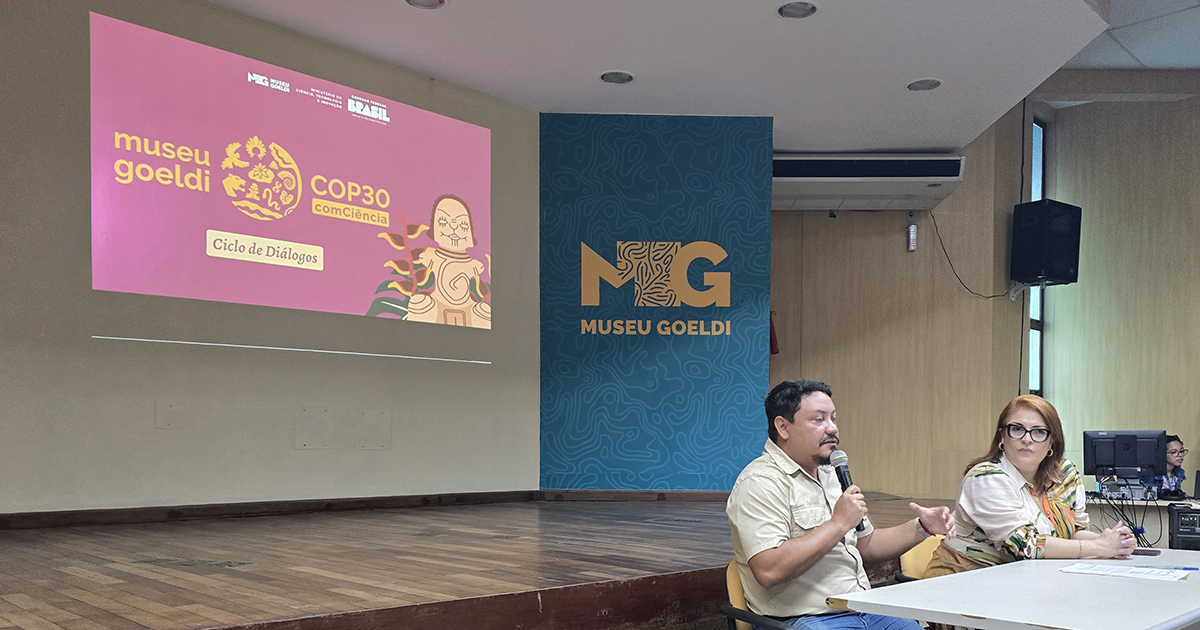The incidence of escaped agricultural fire has recently been increasing in the Western Amazon, driven by climate variability, land use change, and changes in patterns of residency and land occupation. Preventing and mitigating the negative impacts of fire in the Amazon require a comprehensive understanding not only of what the drivers of fire activity are, but also how these drivers interact and vary across scales. Here, we combine multi-scalar data on land use, climate, and landowner residency to disentangle the drivers of fire activity over 10 years (2001-2010) on individual landholdings in a fire-prone region of the Peruvian Amazon. We examined the relative importance of and interactions between climate variability (drought intensity), land occupation (in particular, landowner absenteeism), and land cover variables (cover of fallow and pasture) for predicting both fire occurrence (whether or not fire was detected on a farm in a given year) and fire size. Drought intensity was the most important predictor of fire occurrence, but land-cover type and degree of landowner absenteeism increased fire probability when conditions were dry enough. On the other hand, drought intensity did not stand out relative to other significant predictors in the fire size model, where degree of landowner absenteeism in a village and percent cover of fallow in a village were also strongly associated with fire size. We also investigated to what extent these variables measured at the individual landholding versus the village scale influenced fire activity. While the predictors measured at the landholding and village scales were approximately of equal importance for modeling fire occurrence, only village scale predictors were important in the model of fire size. These results demonstrate that the relative importance of various drivers of fire activity can vary depending on the scale at which they are measured and the scale of analysis. Additionally, we highlight how a full understanding of the drivers of fire activity should go beyond fire occurrence to consider other metrics of fire activity such as fire size, as implications for fire prevention and mitigation can be different depending on the model considered. Drought early warning systems may be most effective for preventing fire in dry years, but management to address the impacts of landowner absenteeism, such as bolstering community fire control efforts in high-risk areas, could help minimize the size of fires when they do occur. Thus, interventions should focus on minimizing fire size as well as preventing fires altogether, especially because fire is an inexpensive and effective management tool that has been in use for millennia.
DOI:
https://doi.org/10.1016/j.gloenvcha.2015.01.009
Dimensions Citation Count:























